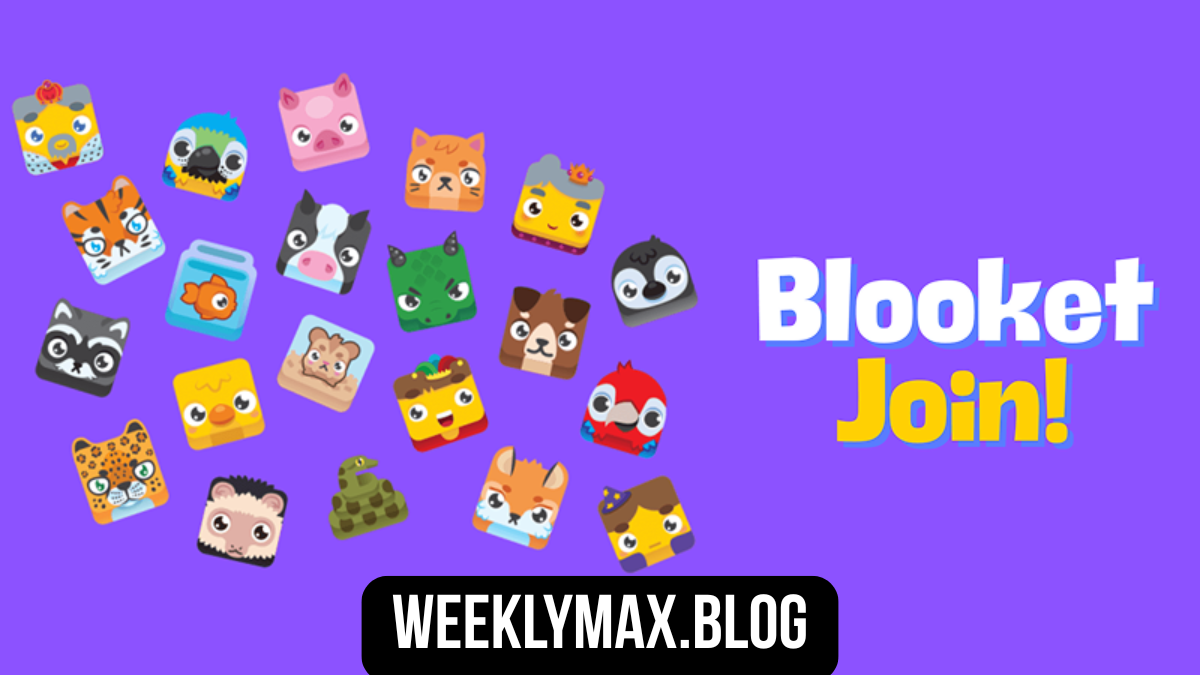The concept of the booklet game has been gaining attention as both an entertaining pastime and a learning tool Many people are curious about what a booklet game really is, how it works, and why it has become such an engaging activity across different age groups. Whether used in classrooms, training sessions, or simply for leisure, the booklet game offers a unique experience that combines creativity, interaction, and knowledge sharing. In this article, we will explore the world of booklet games in detail, their purpose, benefits, and frequently asked questions to help you fully understand this fascinating trend.
What is a Booklet Game?
A booklet game can be described as a type of interactive activity that is designed in the form of a booklet. Instead of being just a collection of written pages, it serves as a medium where participants engage in challenges, puzzles, or storytelling elements. It might include quizzes, riddles, crosswords, or even story-driven choices that allow players to turn the pages and experience different outcomes. Some booklet games are educational, while others are purely for fun.
The reason it is called a “game” is because it is not meant to be read passively like a regular booklet. Instead, it invites the reader to play along, make decisions, solve problems, or complete missions that are written within its pages. This combination of text, interaction, and imagination makes it different from ordinary reading material.
How Does a Booklet Game Work?
A booklet game works by guiding participants through a sequence of instructions, activities, and decisions. Each page or section may offer a new challenge. For example, one page might present a puzzle that needs solving before the reader can move on, while another might ask a question whose answer determines which page to turn to next. This structure gives it a flow similar to board games or role-playing adventures but in a compact, paper-based form.
The game can be played alone or with friends, depending on its design. Some are created as individual brain teasers, while others work better in groups where participants collaborate or compete. Because of its portable format, booklet games can be carried anywhere, making them accessible for classrooms, workshops, travel, or casual hangouts.
Why is the Booklet Game Popular?
The popularity of booklet games comes from the fact that they mix education with entertainment. People enjoy activities that keep them engaged while teaching something new. For example, students can learn mathematical concepts or historical facts while solving puzzles in a booklet game. Trainers can use booklet games during workshops to break the ice and make learning more interactive. Families can also use them for bonding, especially on trips where digital devices are not easily available.
Another reason for their popularity is nostalgia. Many adults remember playing activity books as children, filled with mazes, riddles, and connect-the-dots games. The booklet game revives this tradition but adds modern twists such as gamified challenges, storytelling, and even integration with digital platforms in some cases.
What are the Different Types of Booklet Games?
Booklet games can come in various forms depending on the purpose they serve. Some are designed for fun, with puzzles and riddles that keep players entertained. Others are used for education, where each page teaches a new concept or reinforces a skill through interactive exercises. Some booklet games are also created for team-building, where participants must cooperate to solve challenges and reach the final outcome.
In certain cases, booklet games are designed for storytelling adventures. These resemble “choose your own path” stories, where the player’s choices determine what happens next in the narrative. Such booklet games allow the reader to feel like part of the story, giving them a sense of control and creativity.
Are Booklet Games Only for Children?
One common question people ask is whether booklet games are only meant for children. The answer is no. While many booklet games are designed with children in mind, especially educational ones, there are also versions for adults. In fact, corporate trainers and educators often use booklet games to make learning more engaging for grownups.
For children, booklet games help in developing problem-solving, critical thinking, and reading skills. For adults, they serve as tools for creativity, stress relief, and teamwork. Because the content of a booklet game can be customized, it can suit any age group depending on how it is written.
What Skills Can Booklet Games Improve?
Playing booklet games is not just about fun. They can help improve a wide range of skills. For children, they encourage reading comprehension, logical reasoning, and memory retention. They also promote patience and focus, since solving a puzzle requires careful thought. For adults, booklet games can sharpen analytical thinking, improve decision-making, and enhance collaborative skills in group settings.
When used in classrooms, booklet games make subjects like mathematics, science, and history more approachable. When used in professional environments, they improve communication and teamwork. The act of solving challenges page by page makes learning less intimidating and more enjoyable.
Can Booklet Games Be Customized?
Yes, one of the best things about booklet games is that they can be customized for any purpose. Teachers can create their own booklet games based on their curriculum. Companies can design booklet games tailored to their training programs. Even families can create personalized booklet games for special occasions like birthdays, parties, or reunions.
Customization allows booklet games to be meaningful and specific to the group playing them. It also ensures that the challenges inside are relevant to the participants. With a little creativity, booklet games can be adapted for language learning, corporate strategy, or even personal development exercises.
How Do Booklet Games Compare to Digital Games?
In today’s digital world, many people wonder how booklet games can compete with video games or mobile apps. Interestingly, booklet games have their own unique advantages. Unlike digital games, booklet games do not require electricity, internet, or devices. This makes them accessible anywhere, anytime. They also promote face-to-face interaction, something that digital games often lack.
Furthermore, booklet games encourage reading and writing, which are essential skills often neglected in digital entertainment. They also offer a sense of nostalgia and tangibility—holding a booklet, turning the pages, and writing in it feels different from swiping on a screen. While digital games are fast-paced and visually stimulating, booklet games are more about patience, imagination, and human interaction.
Where Can You Use Booklet Games?
Booklet games can be used in various environments. In schools, they make learning interactive and fun. In corporate training sessions, they encourage teamwork and problem-solving. At home, they serve as entertainment during family time. They can also be used in therapy, helping people with memory exercises or creative expression.
Travelers often carry booklet games because they provide a great way to pass time without needing gadgets. Party hosts use them as icebreakers to get guests talking and laughing. Their versatility is what makes them appealing to such a wide range of people.
Frequently Asked Questions About Booklet Games
What makes booklet games different from ordinary books?
Unlike regular books, booklet games require active participation. Instead of simply reading, you interact with the content by solving puzzles, making choices, or completing challenges.
Are booklet games expensive?
Not necessarily. Many booklet games are affordable, and some can even be created at home using simple paper and creativity. Customized booklet games may cost more, but they can also be tailored to specific needs.
Do booklet games require any special materials?
Most booklet games only require a pen or pencil. Some may include extra items like cards or tokens, but the majority are simple and paper-based.
Can booklet games be played alone?
Yes, many booklet games are designed for solo play, especially puzzle-based ones. However, others are meant for groups, where collaboration and communication are part of the fun.
How long does it take to complete a booklet game?
The time varies depending on the design. Some booklet games can be completed in 15 minutes, while others may take hours, especially if they involve complex challenges or storytelling adventures.
Are booklet games useful in education?
Absolutely. Teachers often use them to make lessons interactive. Subjects like math, science, history, and even language learning can be taught through booklet games.
Do booklet games exist in digital form?
Yes, some booklet games have been adapted into apps or online platforms. However, the traditional paper format remains popular because of its simplicity and nostalgic charm.
Can adults really enjoy booklet games?
Definitely. Adults enjoy booklet games not only as a form of entertainment but also as tools for learning, stress relief, and social interaction.
How do you create your own booklet game?
You can create a booklet game by deciding on a theme, designing puzzles or activities, and arranging them in a sequence. Creativity is the key, and many people make DIY booklet games for classrooms, training, or personal fun.
Why are booklet games making a comeback?
With so much screen time dominating daily life, people are seeking offline activities that allow them to relax and engage differently. Booklet games provide that refreshing alternative.
Final Thoughts on Booklet Games
The booklet game is more than just a pastime; it is a versatile activity that blends entertainment with learning. It appeals to both children and adults, making it suitable for classrooms, workplaces, families, and social gatherings. Its simplicity, affordability, and adaptability ensure that it remains relevant in an age dominated by technology.

